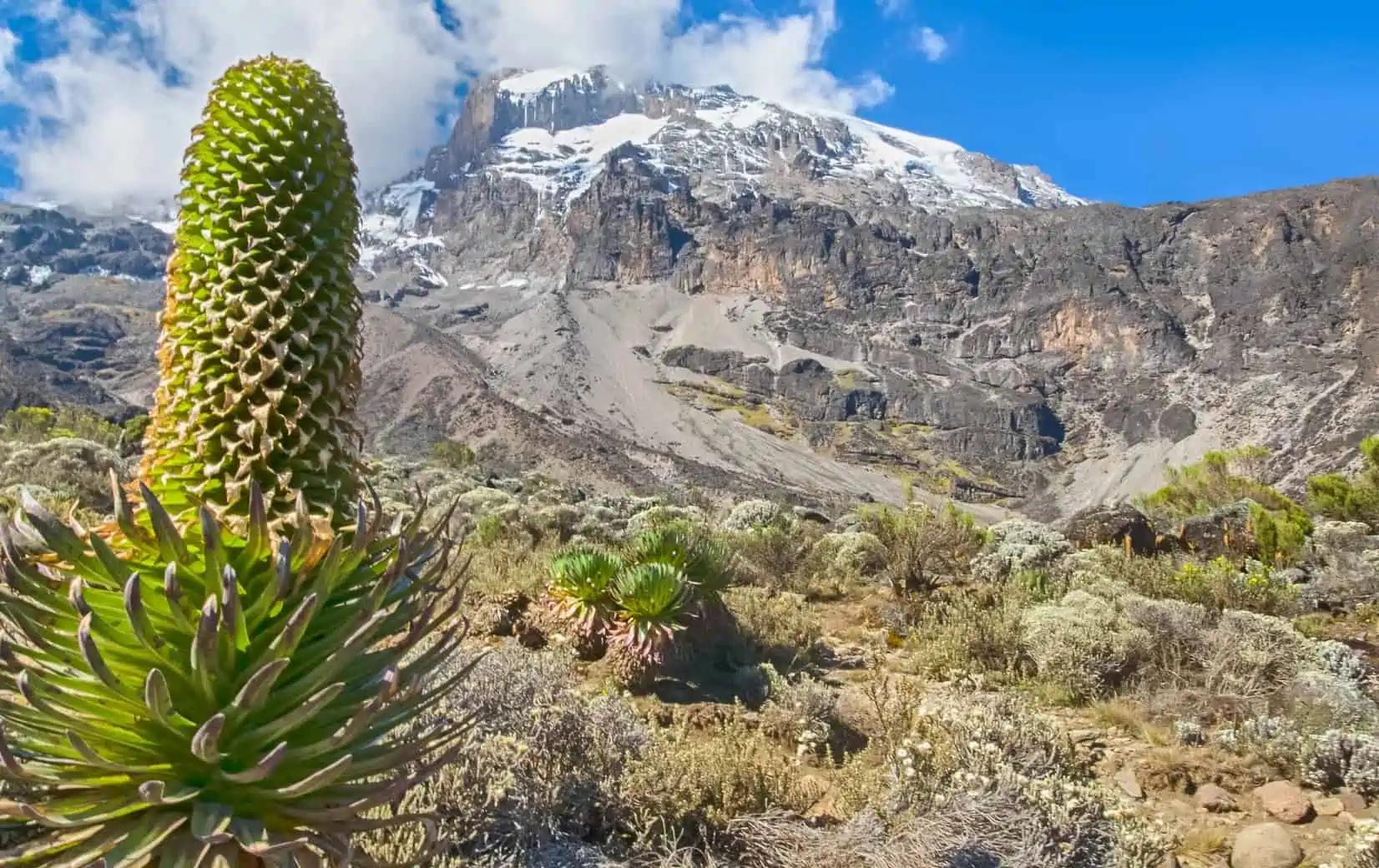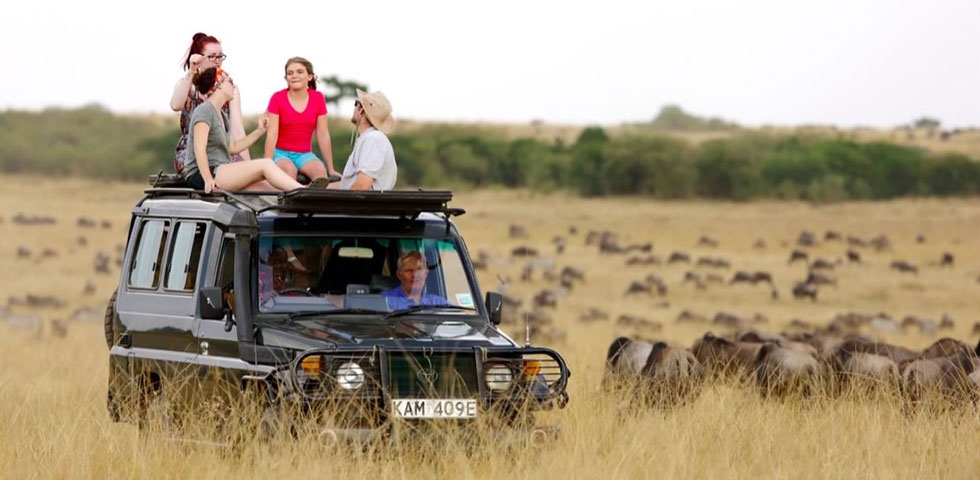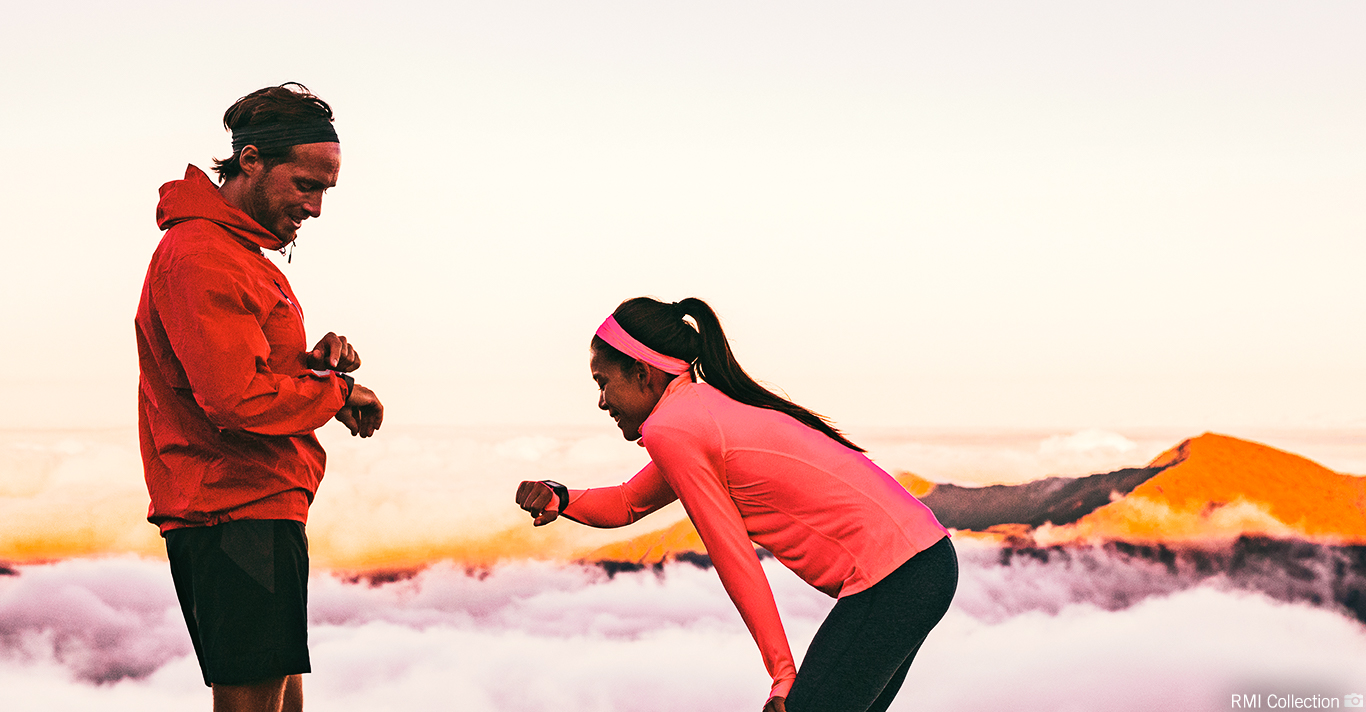THINGS YOU MUST KNOW BEFORE CLIMBING KILIMANJARO
THINGS YOU MUST KNOW BEFORE CLIMBING KILIMANJARO
Interested in climbing Mount Kilimanjaro? Wondering what it is like to be on Africa’s highest peak? Here are 6 important things you need to know before booking your Kilimanjaro climb.
1. Kilimanjaro is not a technical climb. It’s a hike.
Mount Kilimanjaro does not require any technical skills. It is what is known as a “walk up” mountain because, well, you just walk up it. There is no need for mountaineering equipment like harnesses, ice axes or ropes because there is no danger of falling off a cliff or into a crevasse. Furthermore, there are no parts of the trail where one has to be particularly talented in rock climbing.
Kilimanjaro is known as “Everyman’s Everest” because it is a challenge that is completely doable by laymen. If you asked around, you would probably find that you have a few friends, or friends of friends, who are not the most outdoorsy people yet have successfully stood on Uhuru Peak. More than 30,000 people attempt the mountain every year and the demographics of those visitors show that people from all walks of life come here to test their mettle. Young and old, experienced backpackers and complete newbies, all have a place on this mountain.
2. Summit night is tough, but you can do it.
The typical day hikes consist of walking short distances at a slow pace, with gentle elevation gains. Most experienced hikers would not consider these days as strenuous, but light and enjoyable. Summit night is a different story. It will be difficult for almost everyone.
This final ascent is different from the usual routine for a few reasons. It starts with being woken up around midnight. So you do not get a full night’s sleep beforehand. In other words, you begin at a disadvantage – sleep deprived. Secondly, because it is the middle of the night, it is dark. You won’t be able to really see what is around you and where you are going. Your guides lead the way and you follow. A headlamp illuminates the path just a few steps in front of you. In the distance, you can see other headlamps far above and become disheartened about the effort required.
Third, it is cold. The climb to the summit puts you into the arctic ecological zone, where no plants or animals live. As you might guess, the arctic region can be freezing. And because this final ascent is done in the early morning hours, well before sunrise, the temperature can easily be below zero degrees with wind chill. This might sound terrifying but with the appropriate layers of clothing and accessories, you will be fine. Most people wear four or five layers on top and three layers on bottom, along with hat, gloves and gaiters. The wind and cold need to be endured for about 6-7 hours. It warms up quickly when the sun rises.
3. There is limited wifi and no electricity, and that’s a good thing.
There is limited wifi on the mountain. Cell service is very, very spotty. During each day, there may be few possibilities to make a call, text or email. So you should not depend on it. Cloudy weather can sap the strength of the signal. If you would like to use your phone, ask the guides when and where you might be able to get a signal. Or simply observe when the local crews are on their phones.
Similarly, there is no electricity on Kilimanjaro. There is nowhere to charge camera batteries or smart phones, so plan accordingly. Bring enough camera batteries to last the entire climb. A portable external battery pack is great for recharging phones. In our experience, solar chargers are unreliable and generally do not work well.
4. Acute Mountain Sickness is dangerous.
The air is thinner at high altitude. This is the cause of a common illness experienced by climbers known as acute mountain sickness (AMS). AMS is the primary reason that people fail to reach the summit of Mount Kilimanjaro. And while mild forms of AMS are expected while climbing Kilimanjaro, severe forms of AMS are potentially fatal.
AMS arises when the human body is adapting to the lower oxygen levels at high elevation. This process, known as acclimatization, creates some biological responses to combat the oxygen deficiency. More oxygen carrying red blood cells are produced. The respiration rate is increased. When these actions are not sufficient to compensate for the reduced oxygen in the environment, AMS symptoms begin to appear.
Symptoms usually start with a light headache, feelings of nausea and some fatigue. With time, these disappear as the body acclimatizes to the current elevation, before the body is retested again at a higher elevation. As long as one is recovering in this manner, it is a sign that the body is overcoming the oxygen deficiency and there is no cause for concern. In fact, some people who acclimatize quickly will not feel symptoms at all.
If symptoms do not go away, and become progressively worse, AMS becomes dangerous. Two types of severe AMS – high altitude pulmonary edema (HAPE) and high altitude cerebral edema (HACE) can lead to death. HAPE and HACE result in bleeding in the lungs and brain, respectively.
Our team conducts health checks twice daily to monitor the well being of our clients. The health checks consist of oxygen saturation readings, a review of pulse rates, and a survey of symptoms. The data is recorded to evaluate changes over time. If the guides determine that it is too risky to continue, you will be escorted down the mountain for your safety. We carry bottled oxygen and a portable stretcher on every climb, and can coordinate an evacuation on foot or by helicopter in case of a medical emergency.
5. A support team handles all the heavy lifting.
Kilimanjaro expeditions are fully supported, meaning that a team of guides, cooks and porters accompany climbers on the trek to do all the work. The porters set up the tents, take down the tents, cook the food, fetch the water, and clean the campsite. Clients do not have to use their precious energy doing any labor and instead can focus on acclimatizing to the altitude and enjoying the hike.
For every client, there are around three to four personnel. This may sound excessive, until you realize what is actually brought on the mountain. First, there are the sleeping tents and the dining tents. There are sleeping pads and sleeping bags. In the dining tents are folding tables and plastic chairs, as well as lanterns, silverware, bowls, and dishes. The food is prepared in a kitchen tent, equipped with a stove, fuel, pots and pans. And this food and equipment is required for not only the clients, but for the staff serving them as well.
The staff will carry everything described above. In addition, they carry most of the clients’ gear too. Because of this, climbers do not have to carry heavy packs. With minimal gear, just enough to take care of any immediate food, water, or clothing needs, clients can focus on enjoying the hike.
6. You will eat well on the mountain.
Unlike western backpacking trips, where the bulk of the caloric requirements are met with dehydrated food, powdered mixes and processed items, the meals on Mount Kilimanjaro are made with fresh ingredients. Our clients eat real meals consisting of fruits, vegetables, meats, eggs, and grains, as well as an assortment of snacks.
The chef and his helpers prepare your meals in a kitchen tent using a gas tanks (open fires are not permitted on the mountain). We can cater to vegetarian and vegan diets.
We believe that providing tasty food is an important element to successful climbing. At altitude, people often lose their appetite. And not eating is harmful to acclimatization and also inhibits recovery. So we serve food designed to keep people nourished while providing enough energy to continue hiking.



